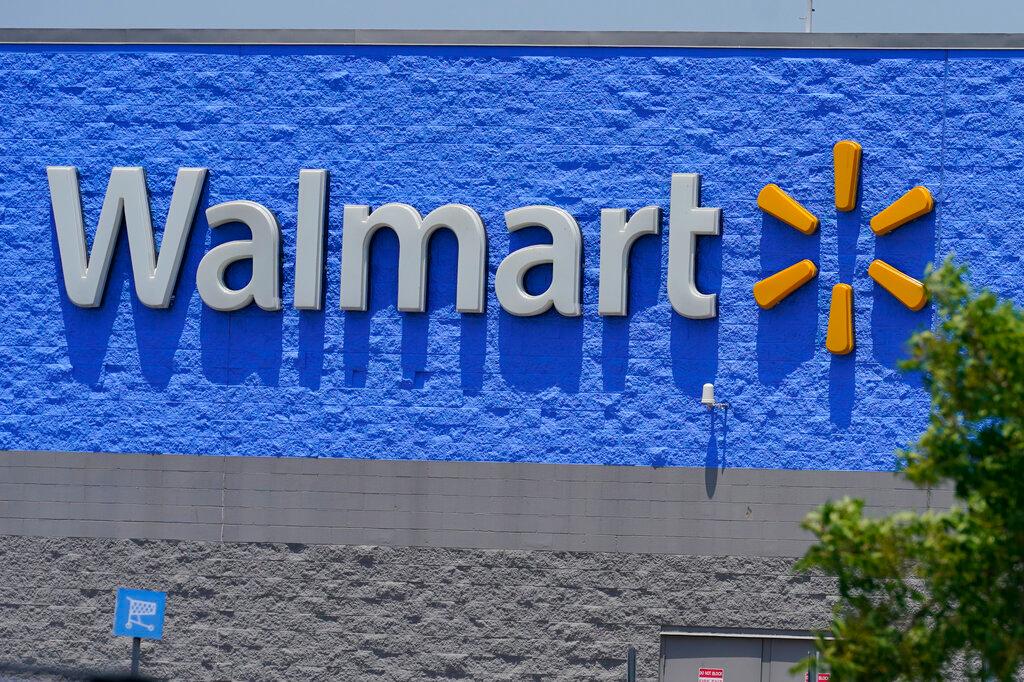Walmart, the largest retailer in the United States, said on Jan. 5, that it will hire more than 3,000 U.S. delivery drivers to support the expansion of its “InHome” system, part of its “Last-Mile” delivery service to 30 million households.
The InHome system allows deliverymen wearing a monitoring camera to enter a customer’s home to deliver groceries and other purchases or to pick up returns, even when the customer is not there.





